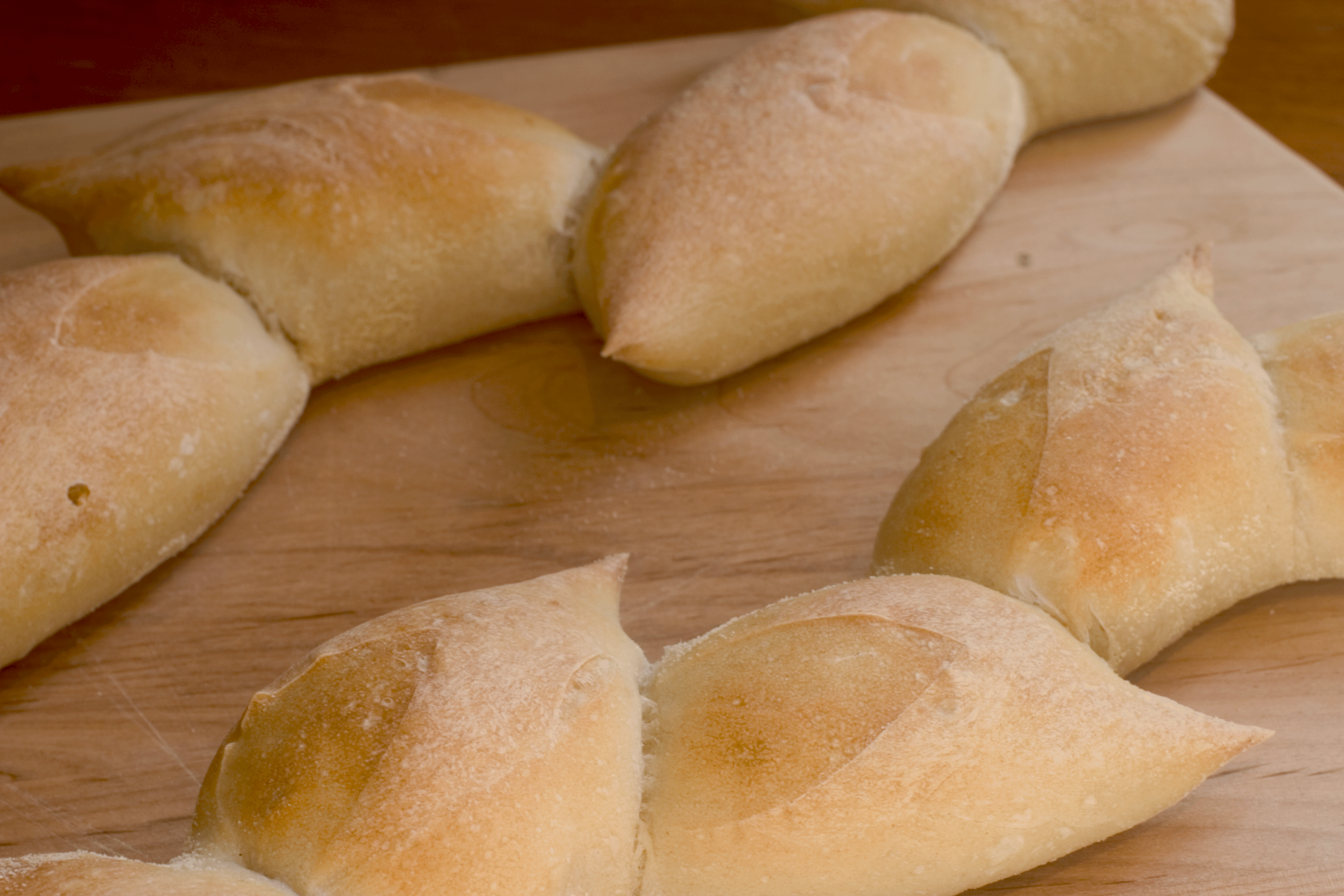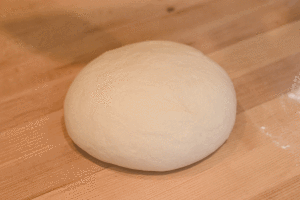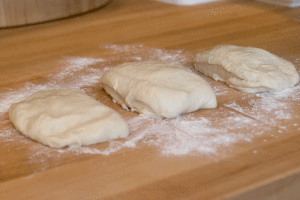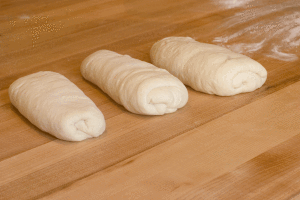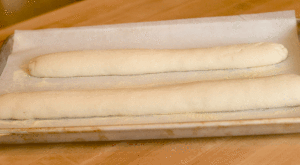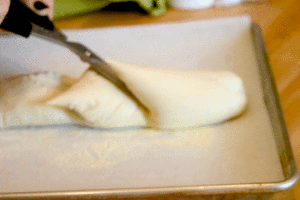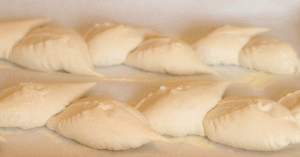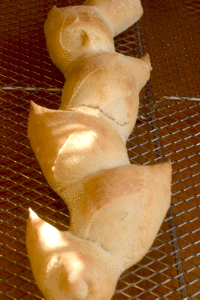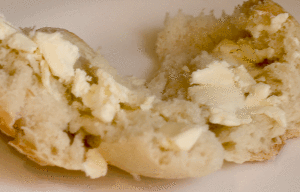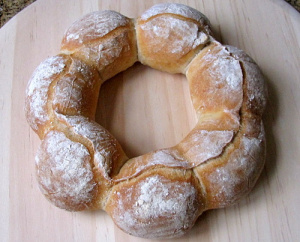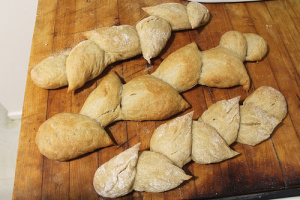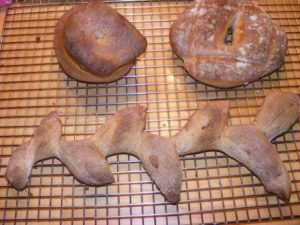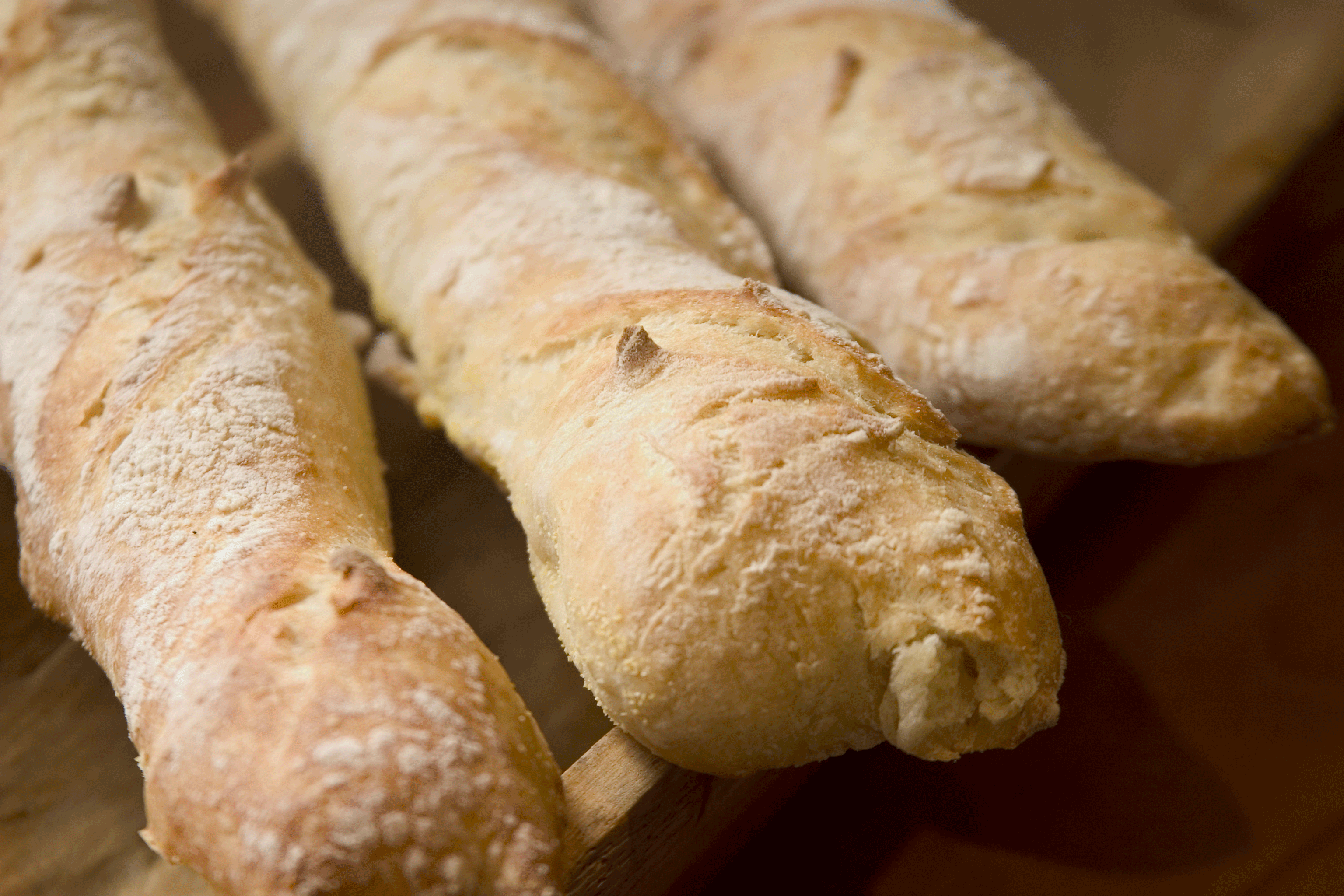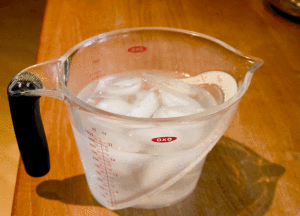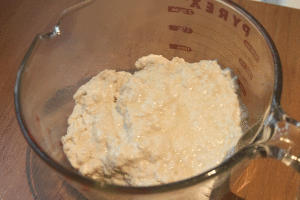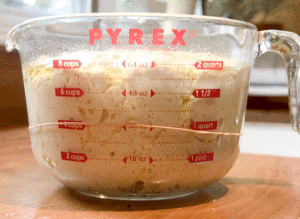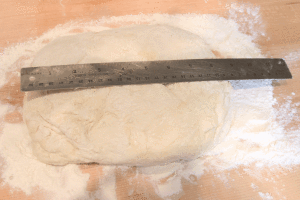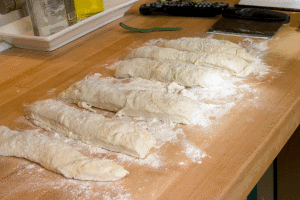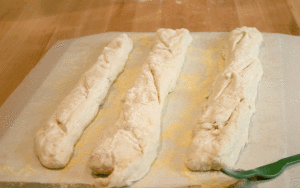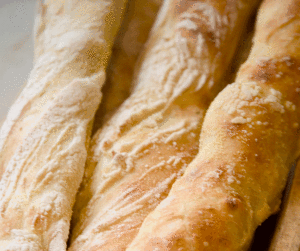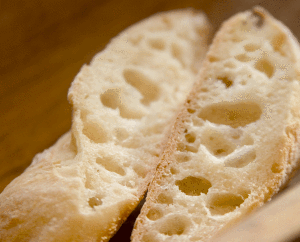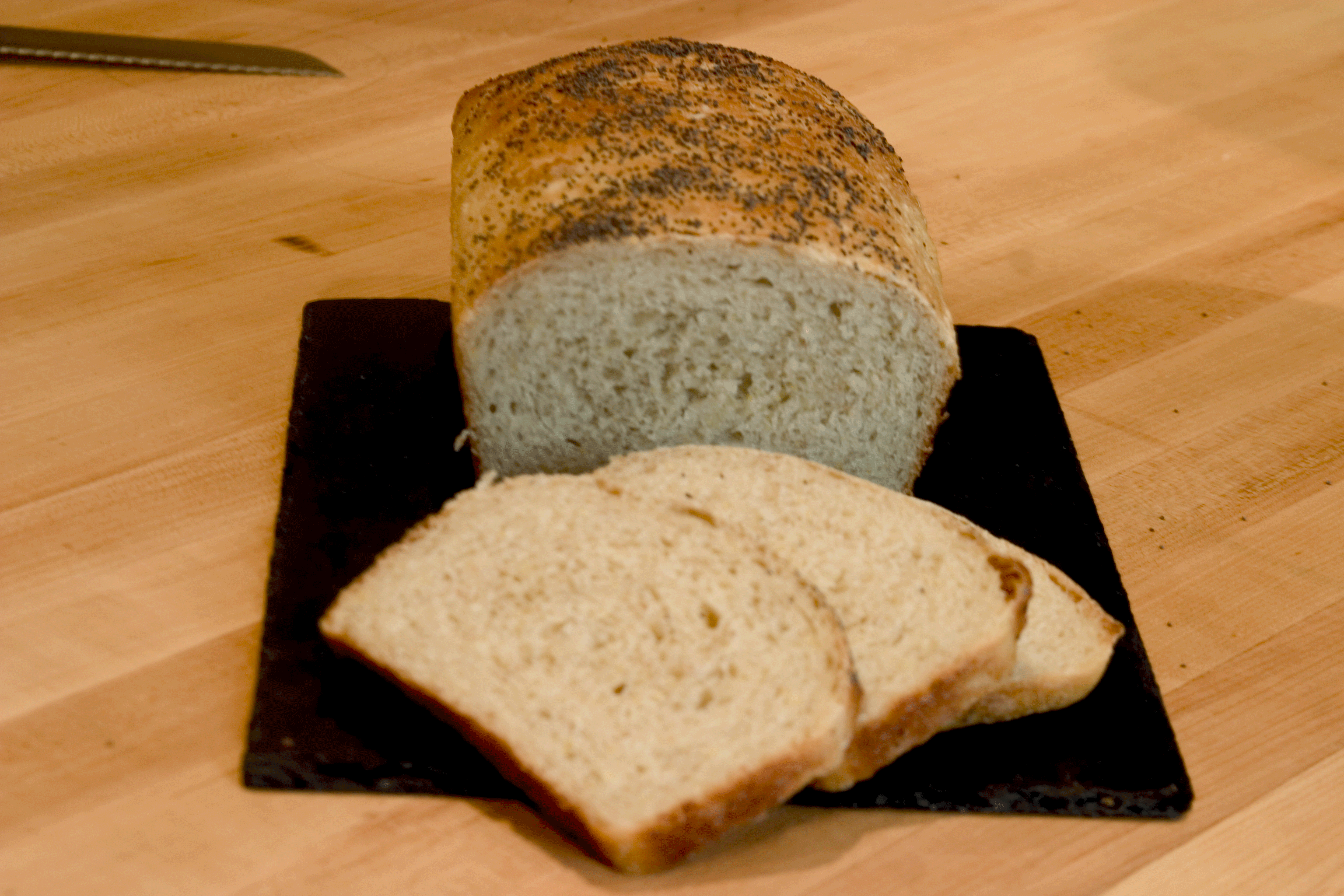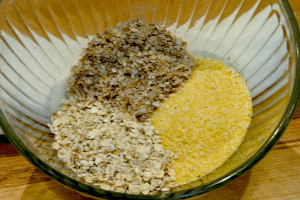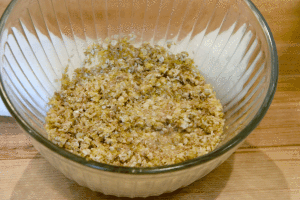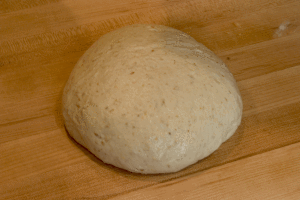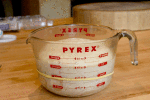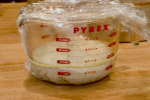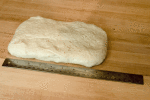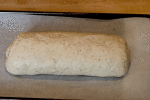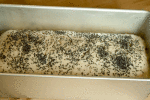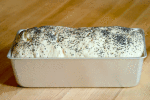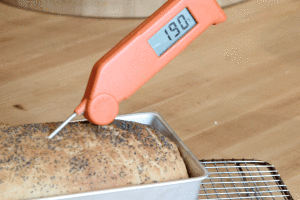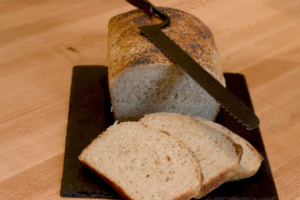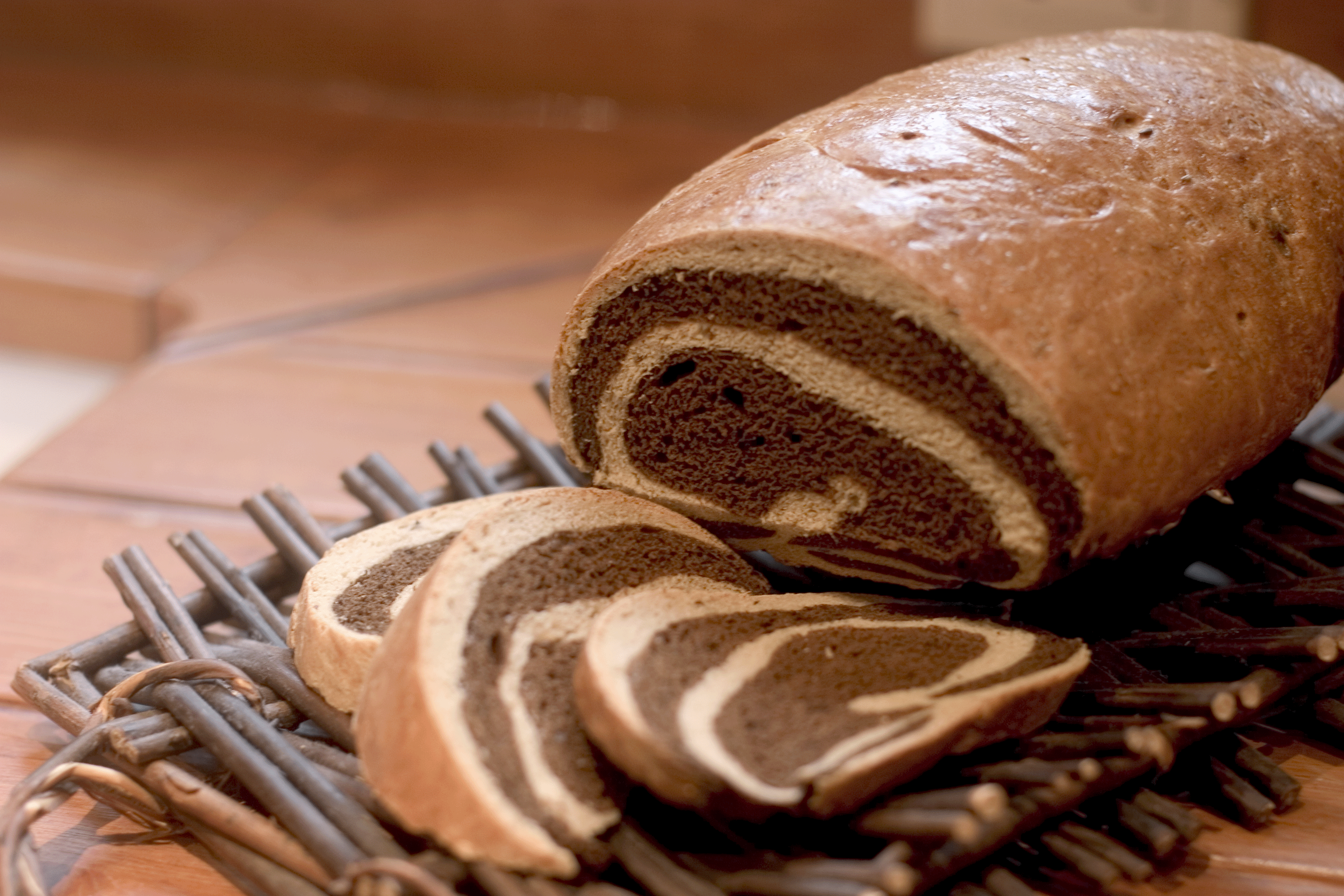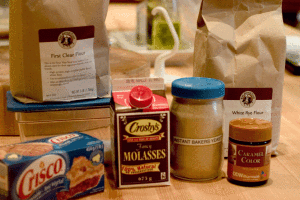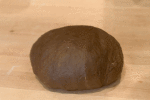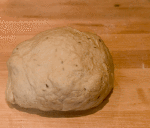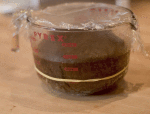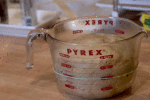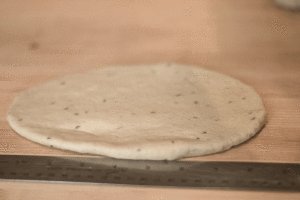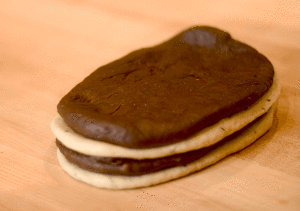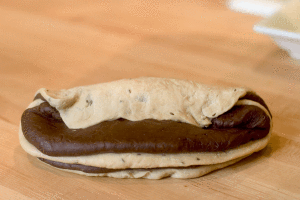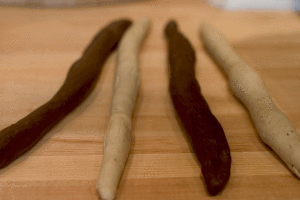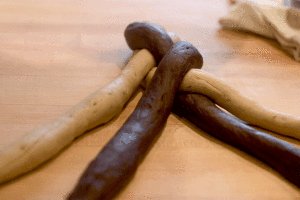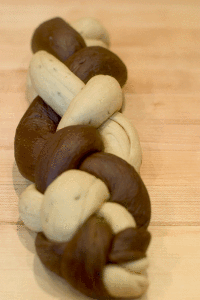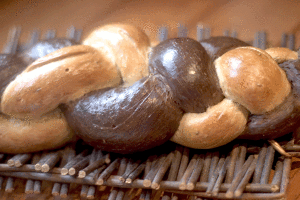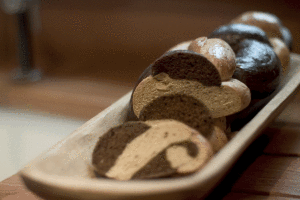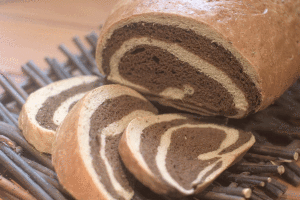Anyone of a certain age may remember that old TV commercial for Jiffy Pop popcorn, with the tag line, “As much fun to make as it is to eat!” This week’s bread in the Bread Baker’s Apprentice Challenge, Pain de Campagne, reminded me of that tag line. Peter Reinhart says that this is the perfect dough for creative shaping. This is the play-doh of bread doughs!
The literal translation for Pain de Campagne is Country Bread. The dough is similar to a regular french baguette, but has the addition of a small amount of whole grain. You could add rye flour, whole wheat flour, pumpernickle flour or even cornmeal. I opted for rye flour. The whole grain gives the finished loaf a golden brown crust.
I decided to shape my dough into an épi (wheat sheaf) because the shaping technique uses scissors and as a frustrated crafter, I couldn’t resist . This was a simple dough to put together. The day before making it you prepare a paté fermentée (starter dough) using all-purpose and bread flour, water, salt and yeast. The dough is refrigerated overnight and then the next day it is incorporated into the dough for the final bread. The purpose of the paté fermentée is to improve the flavour and texture of the finished bread. It’s like giving the dough a head start.
The paté fermentée is cut into 10 pieces and left out at room temperature for about an hour to allow it to come to room temperature after spending the night in the fridge.
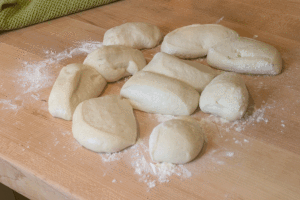
Then the paté fermentée is mixed with bread flour, rye flour, salt, yeast and water. The dough is kneaded for about 10 minutes until it is soft and pliable.
After a 2 hour rest, the dough has doubled and then you carefully cut the dough into 3 pieces. A pastry scraper is perfect for this job. You must be gentle here as you do not want to degas the dough.
Then the dough is formed into batards.
The batards are then stretched into baguettes and left to proof for about an hour.
Then comes the fun part! Using a scissors, you cut into the dough at an angle, almost parallel to the loaf, cutting not quite through to the bottom of the loaf. Then gently swing the cut section to one side. You continue down the length of the dough, cutting and swinging every 3 inches.
My picture of the scissor work sucks. For a really great tutorial on how to do this, check out Kitchen Mage’s blog for her wonderful photo essay on shaping the épi.
I was quite proud of my scissor skills. Not too bad for my first time.
After about 12 minutes in the oven they were done. I did not achieve the rich golden brown colour as described in the book, and so my crust lacked the crispy crunchy texture I had hoped for. The inside was a little bit chewy, just the way I like it. I gave away 2 of the loaves and devoured the third all by myself with salted butter. Yum!
Here are some of the beautiful shapes my fellow challengers created.
Oggi of “I can do that”, turned this dough into a Couronne Bordelaise (Crown of Bordeaux).
Carolyn of “Two Shinny Jenkins” made an Epi (wheat sheaf):
Phyl, from “Of Cabbages and Kings” was busy creating an Auvergnat (cap),a Couronne (crown) and and Epi (wheat sheaf).

